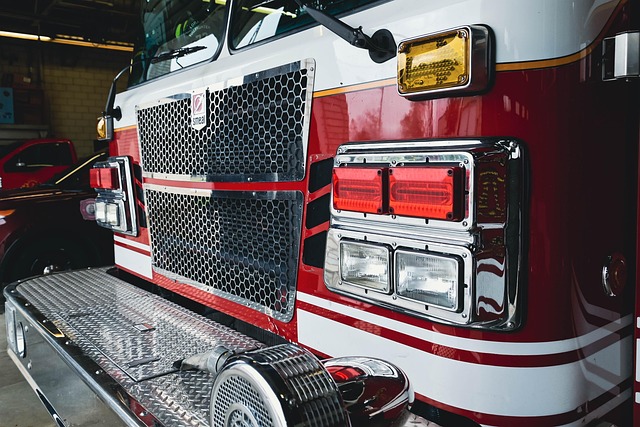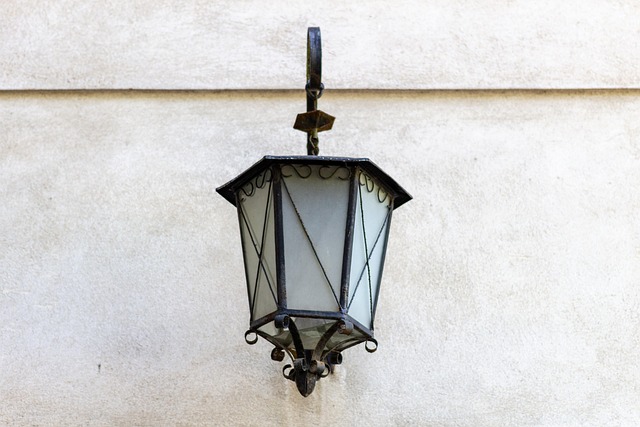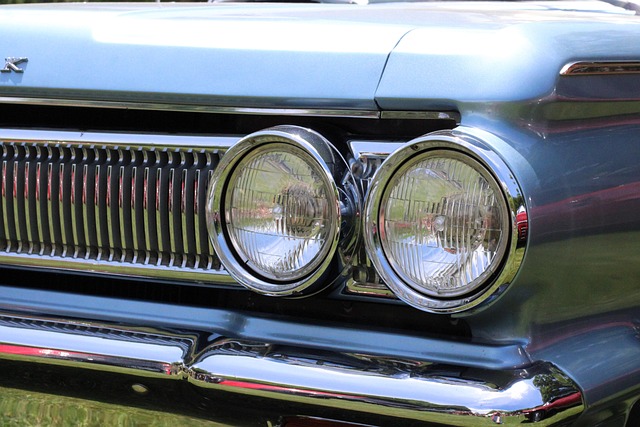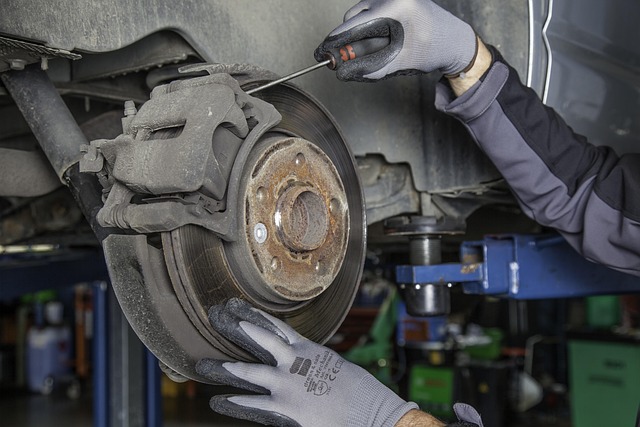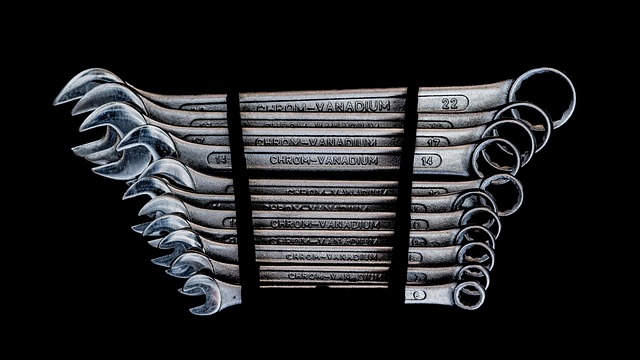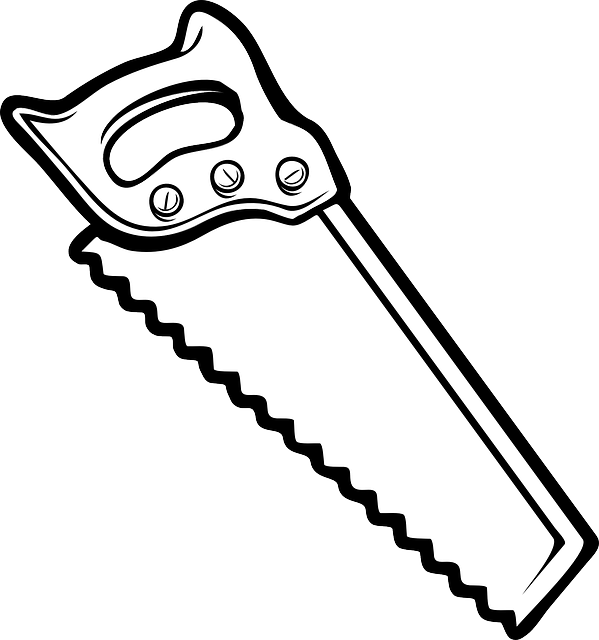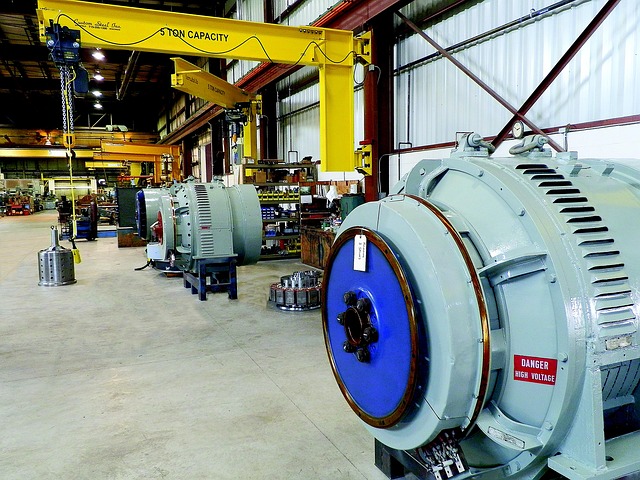DIY metal panel dent repair is a cost-effective solution for minor dents, starting with an inspection and choosing tools like rubber mallets or PDR kits. For deeper damage, professional Paintless Dent Repair (PDR) services using specialized tools are recommended to restore panel shape without repainting. While DIY methods are suitable for shallow dents, complex cases require expert care. Essential tools include screwdrivers, pliers, hammer, dent puller, putty knives, mask, safety gear, air compressor, and spray gun.
Are you considering repairing a dent in your metal panel yourself or hiring a professional? This comprehensive guide compares DIY vs. professional metal panel dent repair, offering insights into tools, techniques, cost, time, and results. Learn about the advantages of each approach, from selecting the right products to achieving long-lasting, high-quality repairs. By understanding these key differences, you can make an informed decision tailored to your needs and budget.
- DIY Metal Panel Dent Repair: Tools and Techniques
- – Overview of necessary tools and materials for DIY repair
- – Step-by-step guide to fixing minor dents and dings
DIY Metal Panel Dent Repair: Tools and Techniques
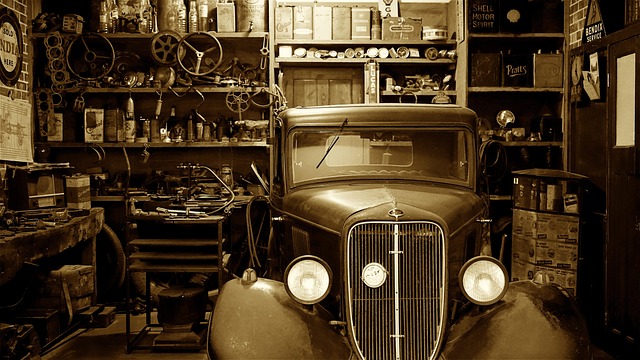
DIY metal panel dent repair involves a range of tools and techniques that are accessible to most car owners. The process typically starts with identifying the extent of the dent using a visual inspection, which is crucial in determining the appropriate repair method. For small, shallow dents, a variety of DIY kits are available that include items like rubber mallets, suction cups, and plastic cards. These tools work by gently pushing out the dented area, using air pressure to remove the depression.
The auto maintenance community often recommends this approach for minor car damage repair, as it’s cost-effective and can be done in the comfort of one’s garage. However, for deeper or more complex dents, a collision repair center might be necessary. Professional metal panel dent repair services employ advanced techniques such as paintless dent repair (PDR), which involves specialized tools to massage the panel back to its original shape without damaging the surrounding areas or requiring repainting.
– Overview of necessary tools and materials for DIY repair

To tackle a metal panel dent repair on your own, there are several tools and materials you’ll need to gather. For a DIY approach, start with basic items like a set of flathead and Phillips-head screwdrivers, pliers, and a hammer. These will be useful for removing any loose debris and straightening the panel. Next, secure a dent puller or a set of dental tools, which are designed to gently push out dents without damaging the metal. Additionally, invest in some high-quality putty knives, as they’ll come in handy when applying filling compounds to smooth out the affected area.
Remember, the key to successful DIY car paint services and auto frame repair is precision. You’ll also require a mask to protect against fumes from the filler and primer, safety glasses, and gloves for a safe working environment. For the actual filling and painting process, consider acquiring an air compressor and a spray gun to ensure a professional finish. These tools can make a world of difference in your auto repair shop’s outcome.
– Step-by-step guide to fixing minor dents and dings

For minor dents and dings on metal panels, attempting a DIY approach can be cost-effective and relatively straightforward. Here’s a step-by-step guide to help you navigate this process. First, inspect the dent to assess its size and depth. If it’s shallow and not affecting the panel’s structural integrity, you might be able to fix it yourself. Begin by gathering your tools: a dent puller or a metal tool for extracting the dent, a hammer, and a piece of cloth or rubber to protect the surface. Position the tool under the dent, applying gentle but firm pressure until the dent starts to pop out. Be cautious not to apply excessive force to avoid damaging the panel further. Once the dent is partially removed, use the cloth or rubber to cushion the striking surface when tapping around the edges of the dent to smooth it out. Continue this process until the dent is completely gone.
For more substantial dents, professional assistance might be required, especially if they affect the vehicle’s structural components. Paintless dent repair (PDR) techniques are a popular choice as they can restore metal panels to their original condition without the need for repainting. This method involves using specialized tools to gently press and pull the dented area back into place. Tire services and automotive collision repair centers often offer PDR, ensuring precise and discreet repairs. Remember, while DIY methods work for minor dents, professional expertise is invaluable when dealing with more complex damage.
When it comes to repairing metal panel dents, whether you opt for a DIY approach or professional services depends on the extent of the damage and your comfort level. While DIY methods offer cost-effectiveness and convenience, they may not be suitable for deeper or more complex dents. Professional repair guarantees precise results, ensuring your vehicle’s aesthetics and safety. For minor dents, attempting a DIY fix can be a feasible solution to save money, but always remember to prioritize quality tools and proper techniques for the best outcomes.

